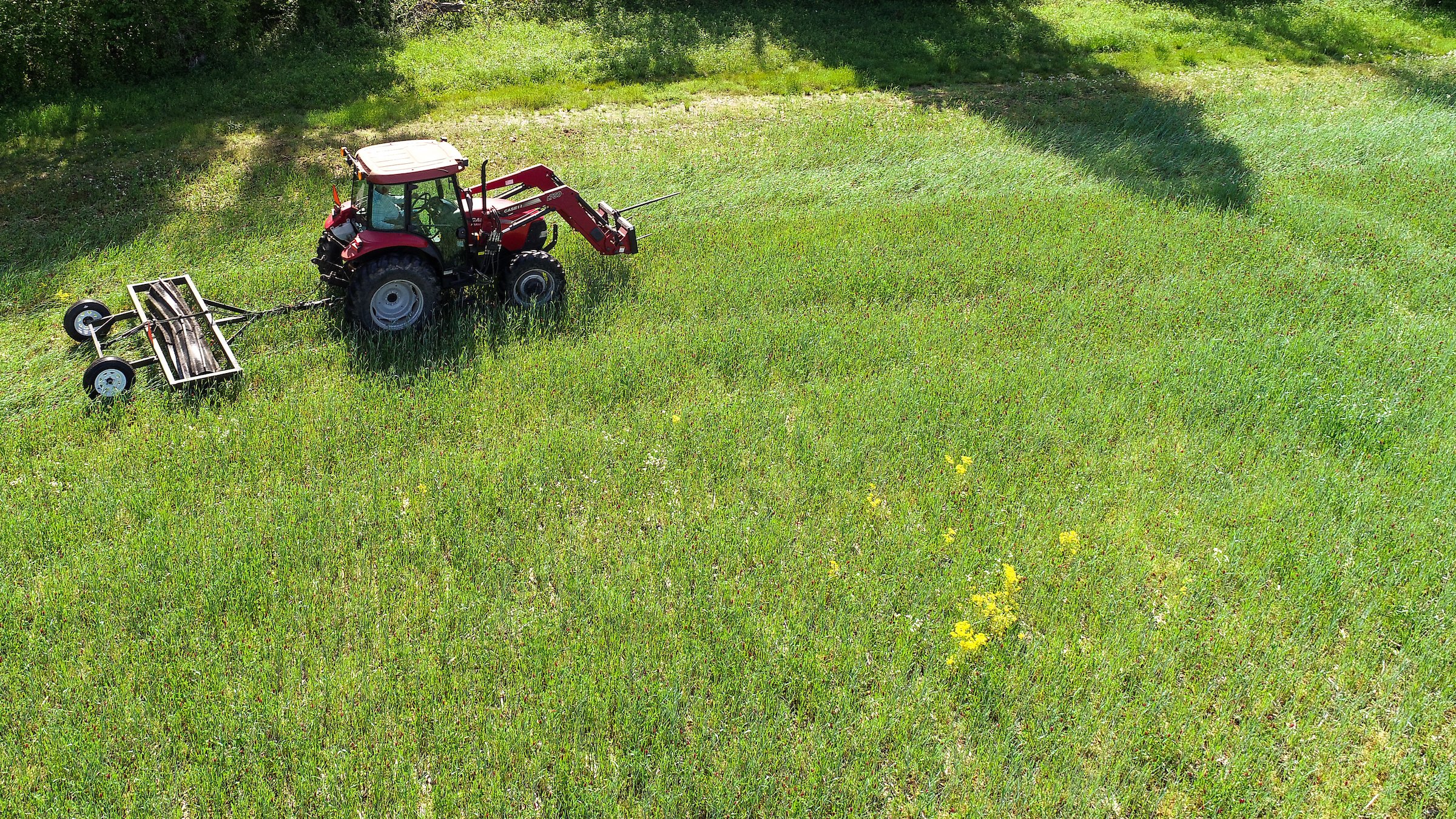
Sustainability
Starts With You
Ridges to Rivers: Priority Conservation Practice
Download the PDF below to learn more!
Critical Area Planting
Critical Area Planting establishes permanent vegetation on sites that have high erosion rates, and/or conditions that prevent the establishment of vegetation with normal seeding/planting methods.
Riparian Forest Buffer
A riparian forest buffer is an area of trees or shrubs located adjacent to a body of water, providing a level of protection or enhancement.
Field Borders
Field borders are strips of permanent vegetation, such as grasses, legumes, forbs, or shrubs, that are established on one or more sides of a field.
Access Control
Access control is a temporary or permanent exclusion of animals, people, vehicles, and/or equipment from an area to benefit natural resources.
Water and Sediment Control Basin
A Water and Sediment Control Basin, often called a “Catch Basin,” is an earth embankment to manage runoff and reduce erosion. Kim Johnson in Paris, TN, is using this practice to reduce gully erosion.
Cover Crops
A Cover Crop is a non-cash crop planted to keep ground covered. Charlie Roberts in Halls, TN is using this practice to protect soil health and increase water infiltration.
Grassed Waterway
A grassed waterway is a shaped channel planted to suitable vegetation to reduce the speed of water runoff. Delaware Wildlands in Townsend, DE, is providing wildlife habitat and reducing runoff.
No Till
No till is maintaining crop residue throughout the year and planting directly into it. Blaine Hitchens in Laurel, DE, is improving his soil health and reducing his input costs.
Nutrient Management
Nutrient management is managing the use of nutrients to reduce environmental impacts. Guy Choiniere in Highgate Center, VT, created a dry manure system to feed the soil on his certified organic farm.
Interested in a personalized conservation plan?